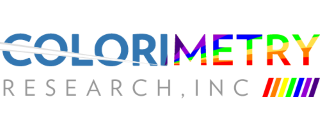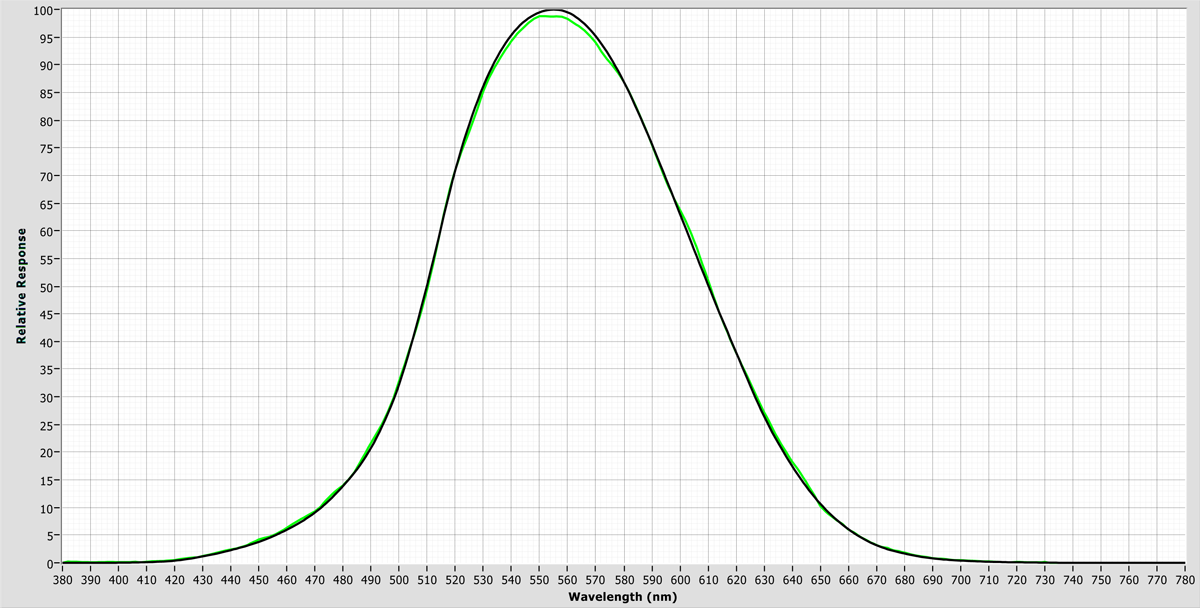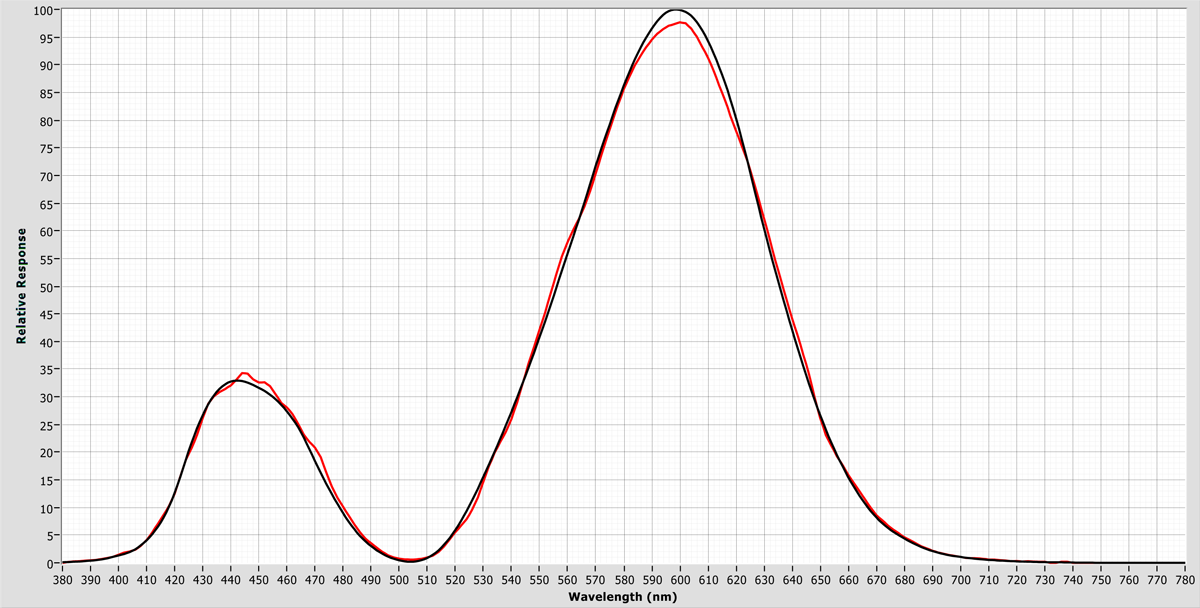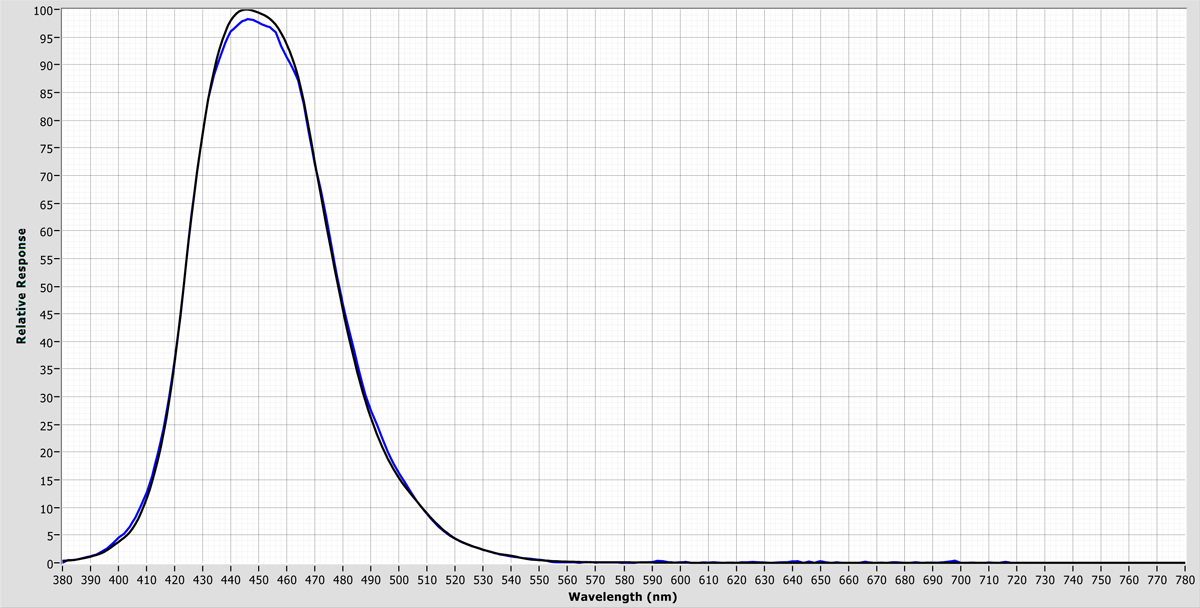And lastly, Powerful application.

The PC-based software application, is a streamlined, cross-platform, user-centric assistant used to perform all your colorimetric- based analysis.
It provides a familiar workspace no matter which platform you are in.
The CR-100-SD come standard with a built-in, easy-to-learn, English language command interpreter to control all aspects of their operation via a computer,
tablet or smart device, making it easy for users to create their own software dedicated to perform specific measurement tasks or for inclusion in an Automated Test Environment.
In addition, a fully documented communication language with numerous real-world, sample templates are included as starting points for customers to build their own software tools using any of the modern computer development environments.
LabVIEW driver is available upon request.





